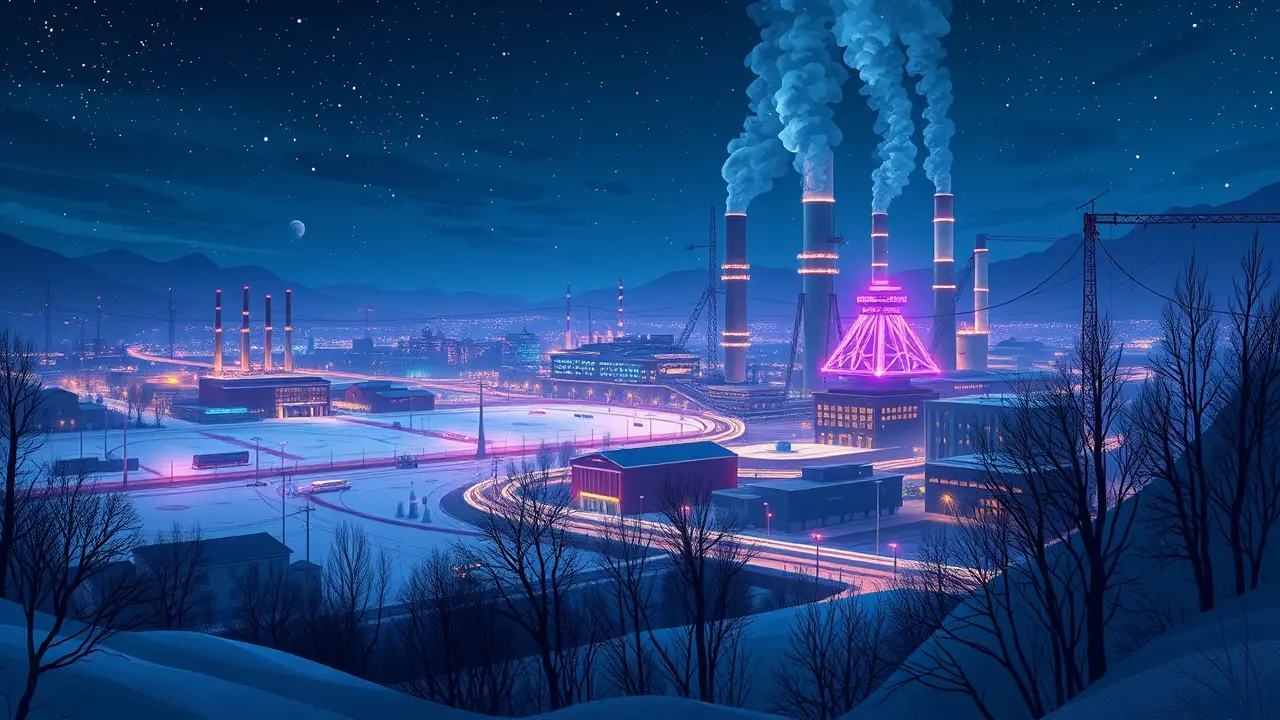Hockey Player Says Magnitogorsk Ecology Has Improved.
In the gritty, high-stakes world of professional hockey, where the grind of the season tests the mettle of even the toughest athletes, the city a player calls home becomes more than just a dot on a map—it’s a sanctuary, a source of stability, and often, an unsung character in their career narrative. For Dmitri Silantyev, the formidable forward currently lacing up his skates for Metallurg Magnitogorsk in the demanding 2023/2024 KHL season, that city is the industrial heartland of Magnitogorsk, a place whose reputation has long been shadowed by its steel-producing past but is now, according to the man on the ice, undergoing a remarkable and tangible renaissance.When pressed to distill the essence of life in 'Magnitka' into its core advantages, Silantyev didn’t hesitate, his responses delivered with the same direct efficiency he exhibits on a power play. The first plus is pure logistical bliss: the ability to traverse the entire city within a crisp 10 to 15 minutes, a luxury that allows for maximum rest and focus away from the rink, a critical factor for an athlete whose performance is measured in split-second reactions and explosive energy.Secondly, he highlights the surprising abundance of sunny days, a meteorological gift that cuts through the common perception of a perpetually grey industrial gloom, bathing the city in a light that undoubtedly lifts spirits and, perhaps, even sharpens the focus during daytime training sessions. But the third, and most profound, pillar is the people themselves—the resilient, hard-working community that forms the backbone of the city, a quality any sportsman would compare to the invaluable support of a loyal home crowd, a force that can will a team to victory in the final period.And for a man whose profession is played on a sheet of ice, he couldn't omit a fourth, almost poetic, advantage: the 'classic, severe, and snowy winter,' a season that feels inherently right for a hockey player, a natural extension of their workplace. It was on the topic of the city's environmental legacy, however, that Silantyev's commentary became most pointed, directly challenging the outdated narrative that Magnitogorsk is a place where the air is thick and burdensome to breathe.'I’ve already forgotten when it was last hard to breathe here,' he stated with conviction, acknowledging that such difficult days did occur in the past but emphasizing their current rarity. He painted a picture of a transformed urban landscape where 'nothing smells on the street,' where one can 'breathe normally, without any problems,' a testament to significant, behind-the-scenes efforts that have clearly yielded real-world results.This stands in stark contrast to the historical anecdotes, referenced in the conversation, of a time merely two decades prior when winters would see the snowfall stained black by industrial particulate matter—a vivid, almost apocalyptic image that has been seared into the city's external reputation. Silantyev’s rebuttal is simple yet powerful: 'Maybe that was the case.But now everything is as clean and green as possible. ' This isn't just a casual observation; for a high-performance athlete whose lung capacity and cardiovascular health are paramount, the quality of the air is a non-negotiable component of his professional environment.His testimony carries a weight that transcends public relations, hinting at a deeper, more systemic shift. One can draw a parallel to the evolution of a legendary sports franchise; just as a team might shed outdated tactics and invest in new training facilities and youth development to build a modern dynasty, so too has Magnitogorsk seemingly invested in a new environmental playbook.This transformation speaks to a broader global conversation about the future of industrial cities, the delicate balance between economic production and ecological responsibility, and the very real human desire for a healthy living space. While the massive Magnitogorsk Iron and Steel Works (MMK) remains the city's economic engine, Silantyev's account suggests that a concerted drive towards modernization and cleaner technologies is having a palpable impact on daily life. It’s a story of resilience and renewal, not unlike a team bouncing back from a losing streak to clinch a championship—a narrative of a city, and its people, skating hard towards a cleaner, brighter future, with one of its hockey stars serving as an unlikely but compelling witness to the change.
It’s quiet here...Start the conversation by leaving the first comment.
© 2025 Outpoll Service LTD. All rights reserved.
